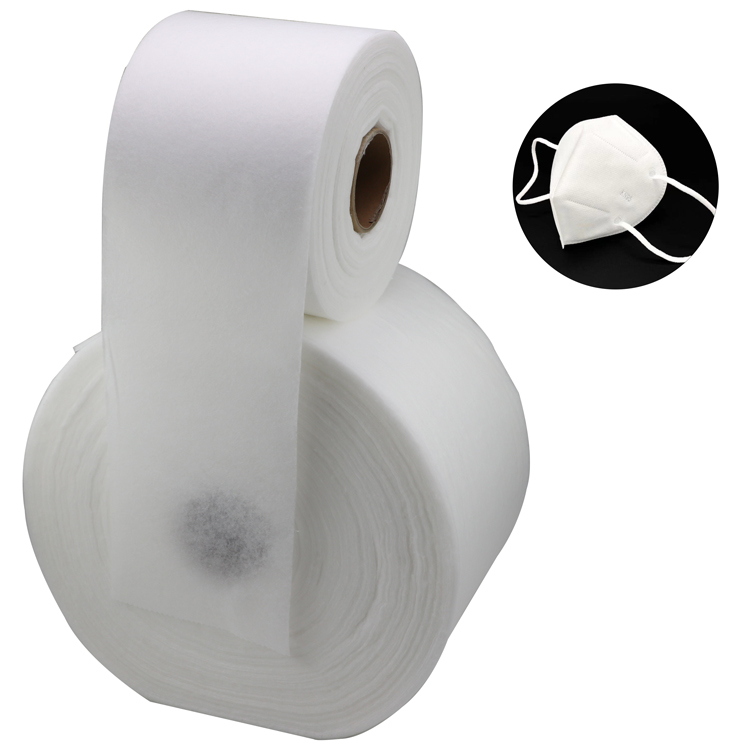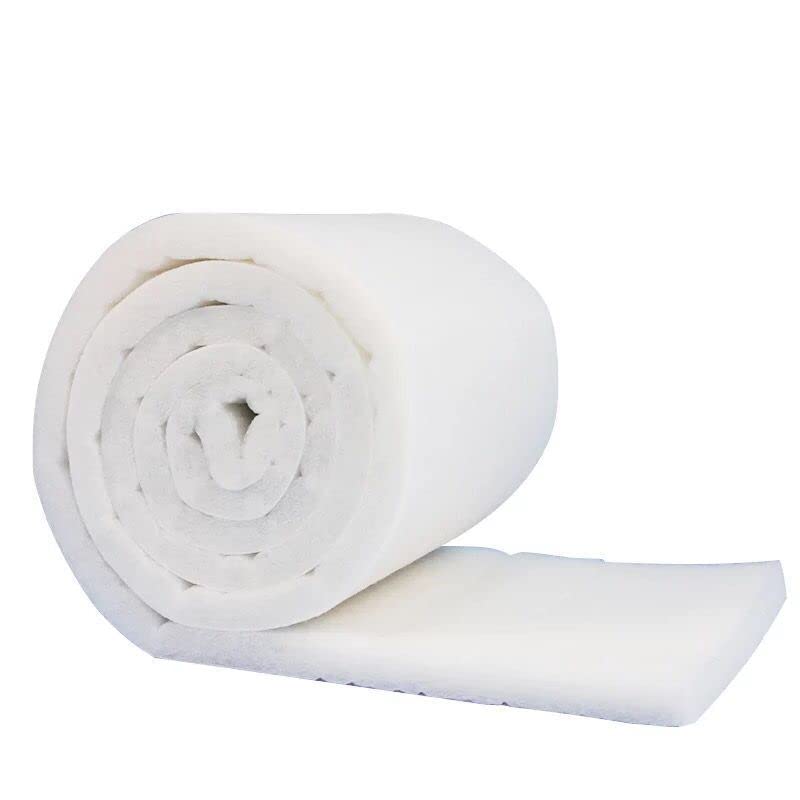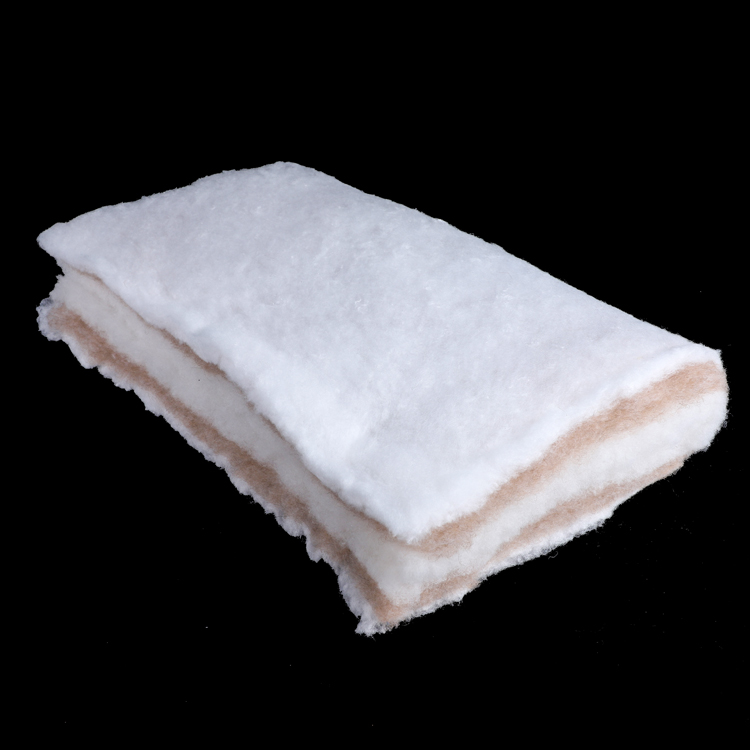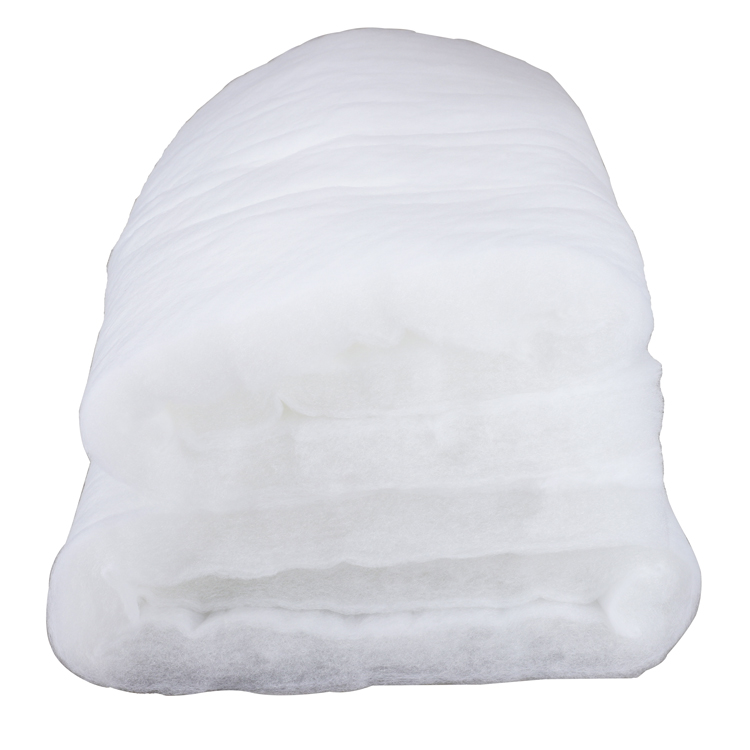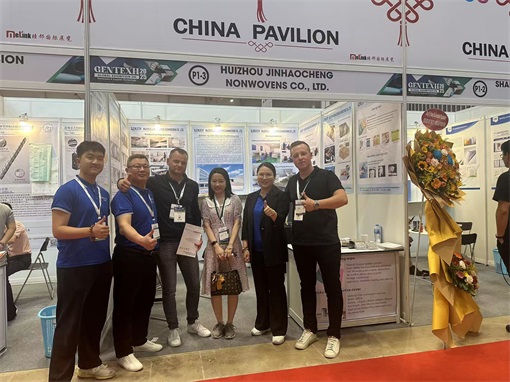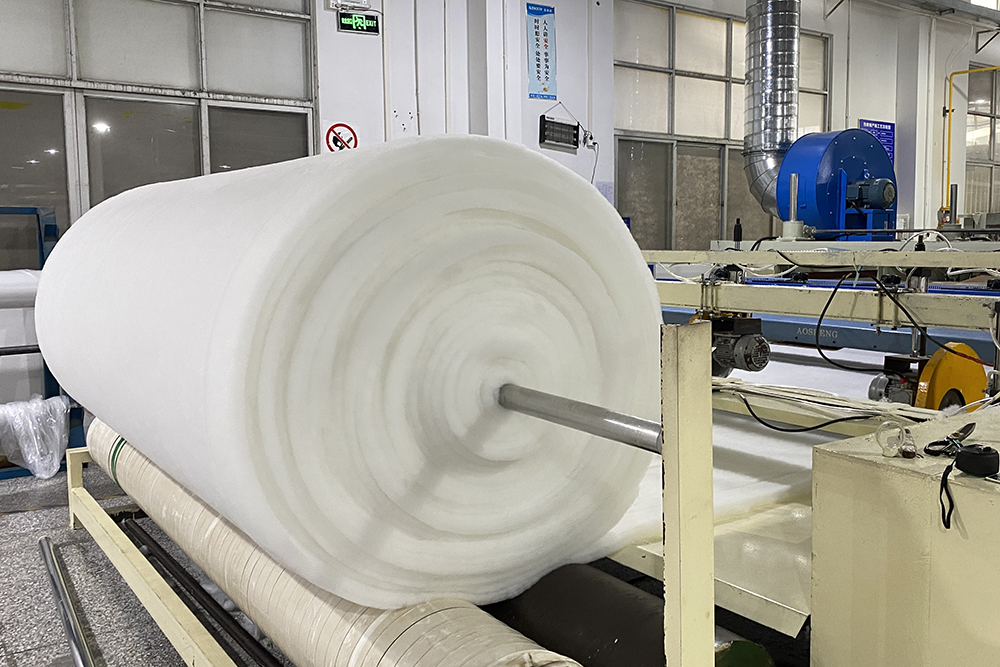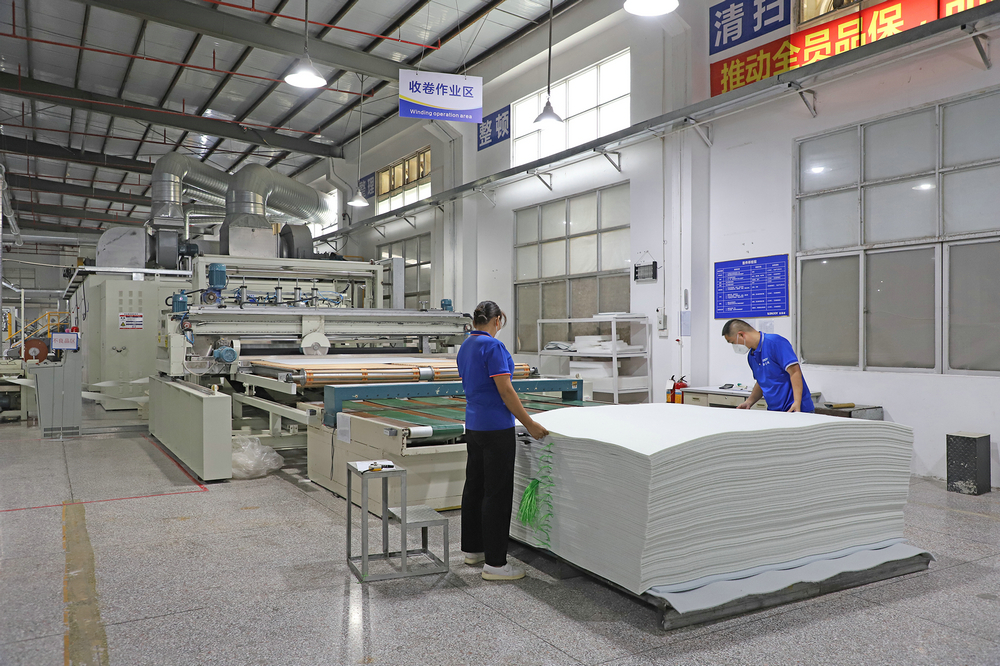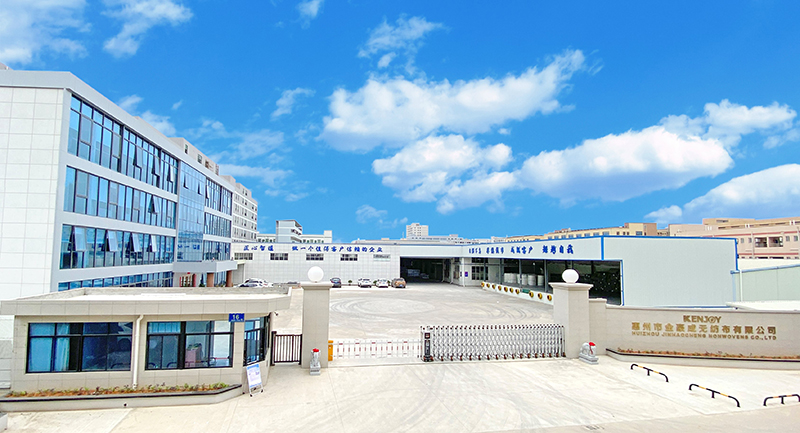What Is A Hot Air Through Nonwoven Fabric Hot Air Cotton Heat-bonded Non-woven Fabric Thermal Bonding Nonwoven Fabric And Advantage And Application
Hot air through nonwoven fabric
Hot air through nonwoven fabric hot air cotton , also known as air vent cotton, is a new type of insulation material, mainly used to replace traditional spray-bonded cotton and silk-like cotton. It uses a unique fixation process by blending a certain proportion of low-melting-point fibers or ES two-component fibers into the raw material, and in the production process, hot air penetration technology is used to heat and fuse the fibers together to form a synthetic fiber filter cotton
Ingredients and manufacturing process
The main components of hot air cotton include polyester fibers and low-melting-point fibers. The manufacturing process involves that after the fibers are combed, hot air from the drying equipment penetrates the fiber web, causing the fibers to bond due to heat, and ultimately generating non-woven fabric. This "point bonding" rather than "surface bonding" process gives hot air cotton unique structure and performance
Characteristics and Applications
Hot air cotton has the following characteristics:
Primary filtration : Can filter out larger particles and provide basic filtration function.
Thermal insulation : Due to its excellent thermal insulation performance, it is often used in situations where thermal insulation is required.
Moisture-proof : With good moisture absorption and moisture-proof properties, it enhances the wearer 's comfort.
Environmental-friendly non-toxic : Made of non-toxic environmental-friendly material, biodegradable.
Hot air cotton is widely used in various fields, including filtration, heat insulation and preservation, noise reduction and sound absorption, as well as filling, etc. Especially in KN95 masks, hot air cotton as a filling material not only provides warmth but also enhances the overall comfort of the mask
